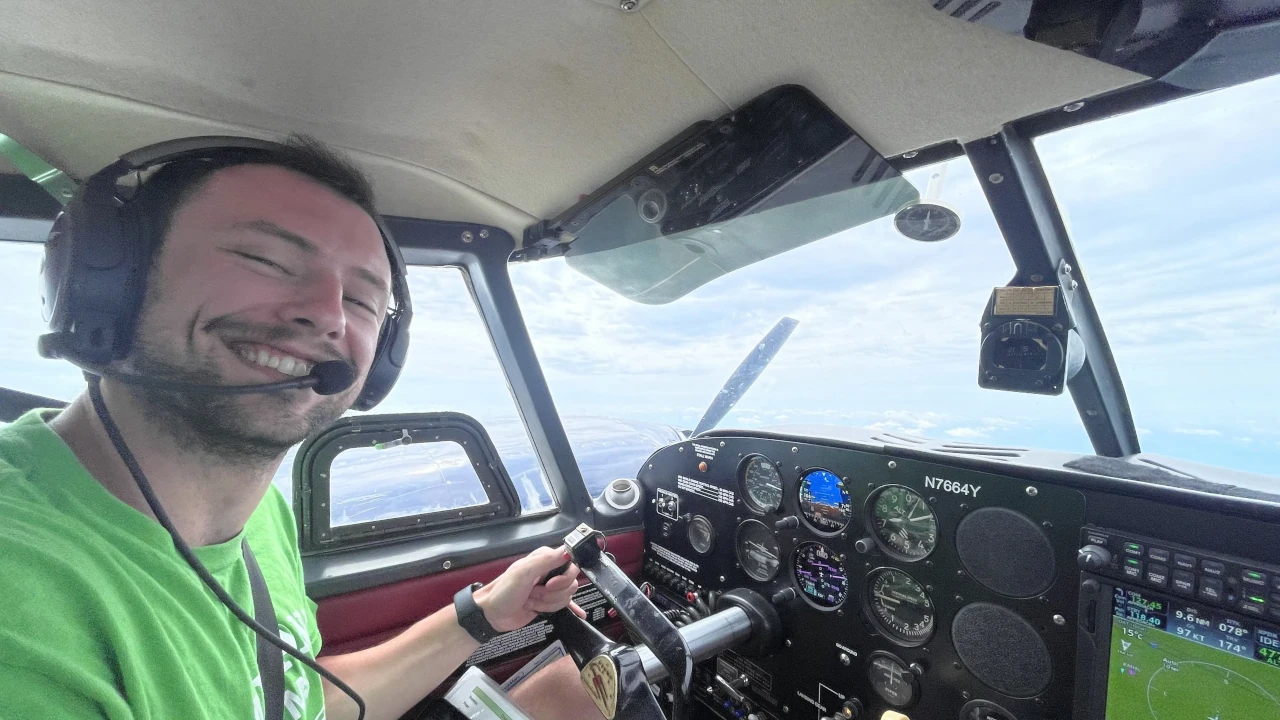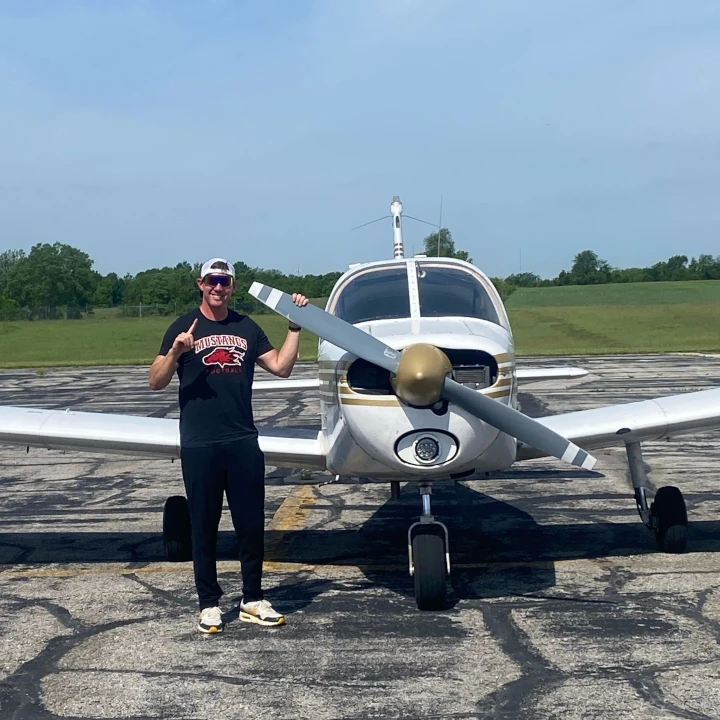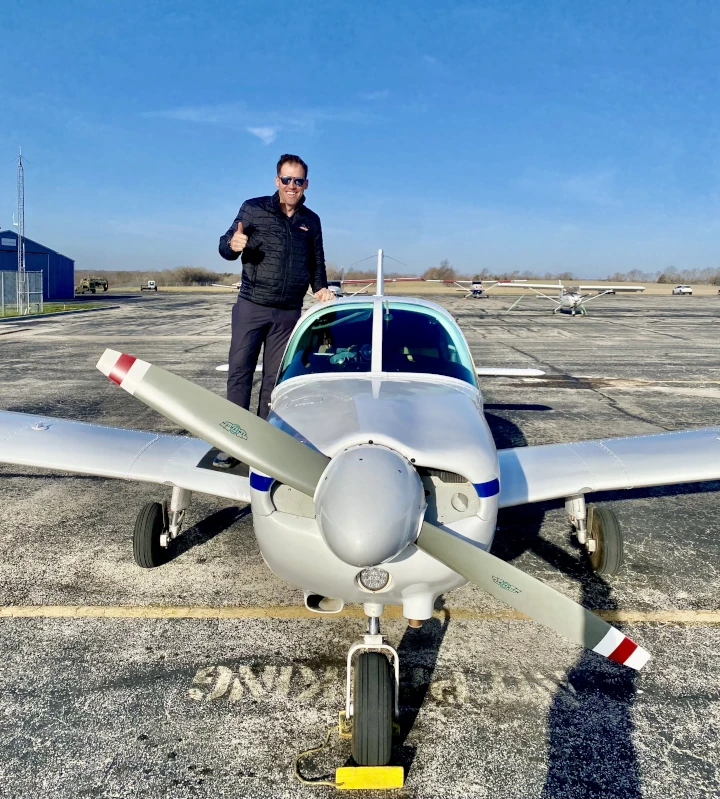What is the Difference Between Part 61 and Part 141 Flight Schools?
Jami Heckman
6 min read ·

Whether your goal is to become a professional pilot or enjoy flying as a hobby, understanding the differences between Part 61 and Part 141 flight schools will help you make an informed decision. At Summit Flight Academy, we operate under Part 61, offering flexibility and tailored training programs to meet your unique needs and goals.
Understanding Part 61 vs. Part 141
What are Part 61 and Part 141?
Part 61 and Part 141 refer to sections of the Federal Aviation Regulations (FARs) that define the requirements and structures for flight training.
Part 61: This regulation allows for more flexibility, enabling instructors to tailor training to individual students. Part 61 flight schools, like Summit Flight Academy, have the freedom to design training programs that make sense for each student. This flexibility allows us to move around the order of lessons and adjust our syllabus to the individuality of each student and instructor.
Part 141: This regulation requires a more structured and standardized training program with an FAA-approved curriculum. Part 141 schools must use an approved training program and syllabus and are subject to regular FAA inspections. This setup is often favored by larger and career-focused flight schools due to the opportunity to earn ratings in reduced hours under certain circumstances.
Benefits of Training Under Part 61
Summit Flight Academy offers training under Part 61, providing a personalized and flexible approach that can be beneficial for students balancing other commitments.

Come fly with us!
Flexibility and Customization
Adaptable Schedule: Part 61 training is designed to accommodate your personal and professional life. You can schedule lessons at your convenience, making it ideal for those who work or attend school.
Instructor Autonomy: Instructors have the freedom to adjust lessons based on their progress and learning style, providing a more customized training experience.
Cost-Effective: The flexibility in scheduling can reduce the need for repetitive lessons, potentially lowering overall training costs.
To learn more about the flexibility of Part 61 training, check out our New to Flying page.
Benefits of Training Under Part 141
Part 141 flight training is structured and rigorous, making it suitable for students who prefer a clear, predefined path to certification. That’s not to say that Part 61 training can’t also be more structured if preferred by our students.
Structured and Accelerated Training
FAA-Approved Curriculum: Part 141 training follows a strict syllabus with specific milestones and stage checks, ensuring a consistent education.
Group Learning: Training is often conducted in a group setting, allowing you to progress with peers at the same pace. This can create a supportive learning environment.
VA Benefits: Veterans can use their GI Bill benefits for training at Part 141 schools, which can significantly reduce the financial burden of flight training.
For a detailed overview of structured training programs, visit the FAA’s guidelines on Part 141.
Comparing Time and Costs
Training Time
Part 141: Typically, Part 141 schools have lower minimum flight hour requirements for certification. For example, a Private Pilot Certificate (PPL) requires a minimum of 35 flight hours under Part 141, compared to 40 hours under Part 61. This structured approach can lead to quicker certification.
Part 61: Although Part 61 may require more flight hours (e.g., 250 hours for a Commercial Pilot License compared to 190 hours under Part 141), the flexibility can allow for a more relaxed pace that suits your lifestyle.
Training Costs
Part 141: While Part 141 schools might offer quicker paths to certification, they often come with higher costs due to more intensive ground school requirements and operational expenses.
Part 61: The flexibility in scheduling and lack of mandatory ground school fees can make Part 61 training more cost-effective for some students.
For more information on the costs associated with our training programs, our Career Track page provides a helpful cost estimator.
Career Implications
Quick Entry into the Job Market
One significant advantage of Part 141 schools is the potential to complete training faster, allowing you to enter the job market sooner. This is particularly beneficial for those pursuing a career as a commercial pilot.
Accelerated Path: The structured program can help you earn your certifications and start your career faster than the more flexible Part 61 route.
Structured Environment: The regimented training ensures you meet all necessary milestones efficiently, potentially reducing the overall time to completion.
Building Experience with Part 61
Part 61 schools offer the opportunity to gain experience at a comfortable pace, which can be ideal for hobbyists or those balancing other commitments. This approach allows you to accumulate hours while working or attending school, providing a balanced path to gaining your certifications.
Work While You Train: The flexible schedule allows you to work and gain flight hours simultaneously, providing practical experience while you complete your training.
Experience: Accumulating more flight hours can translate to better experience and readiness for advanced certifications and ratings. For those interested in building advanced skills, our Instrument Rating program provides rigorous training to enhance your flying capabilities.

Another checkride passed!
Choosing the Right Path
Ultimately, the choice between Part 61 and Part 141 flight schools depends on your personal goals, learning style, and circumstances.
For Career Pilots
If your goal is to become an airline or commercial pilot as quickly as possible, a Part 141 school might be the best fit due to its structured program and potential for faster certification. That being said, Summit Flight Academy has training programs fit for students looking to approach eligibility for ATP training. We encourage you to explore our Career Track program if that is your goal.
For Flexible Learning
If you need a more adaptable schedule and prefer a personalized training approach, Part 61 training offers the flexibility to train at your own pace, potentially at a lower cost. At Summit Flight Academy, we offer a range of programs, from Private Pilot Training to advanced ratings like our Multi-Engine Rating.
At Summit Flight Academy, we are committed to providing high-quality, flexible flight training tailored to your needs. We hope you choose to train with our experienced team of CFIs in Lee’s Summit, MO.
For more information about our programs and how we can help you achieve your flight training goals, visit Summit Flight Academy.